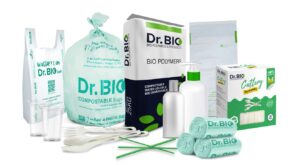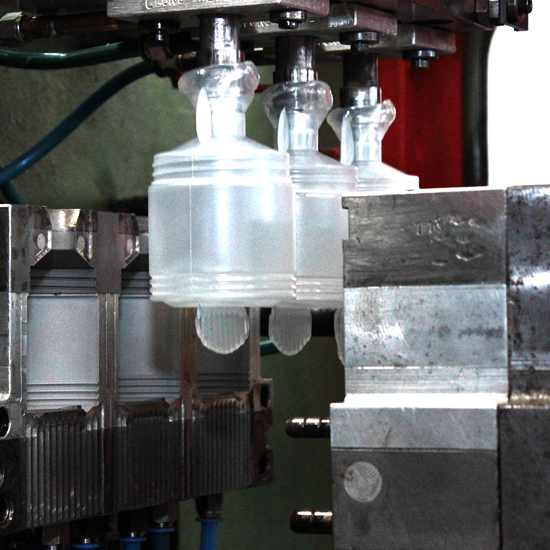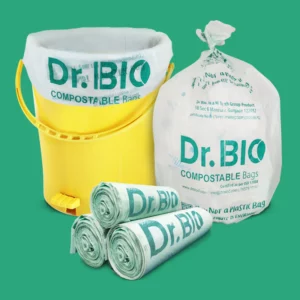
Is compostable packaging good for environment
Is compostable packaging good for environment Compostable packaging can be a better option for the environment compared to traditional non-compostable packaging, but its overall environmental
Injection molding can be used to produce compostable bottles and containers made from biodegradable materials such as polylactic acid (PLA), starch-based polymers, and other plant-based materials. The process involves melting the biodegradable plastic pellets or granules and then injecting the molten plastic into a mold under high pressure. The mold is typically designed to create the desired shape and size of the bottle or container.
Compostable bottles and containers made using injection molding are a sustainable alternative to traditional plastic bottles and containers. They are designed to break down into natural components when disposed of properly, such as in a composting facility. This helps to reduce the amount of plastic waste in the environment and promote a more circular economy.
Injection molding can be used to produce a wide range of compostable bottles and containers, including those used for food and beverage packaging, personal care products, and other applications. The process is highly efficient and can produce large quantities of bottles and containers in a relatively short amount of time.

Injection molding is widely used in the production of bottles and containers for a variety of applications. Here are some common applications of injection molding in bottles and containers:

Is compostable packaging good for environment Compostable packaging can be a better option for the environment compared to traditional non-compostable packaging, but its overall environmental

What is compostable Bags? Compostable bags are a type of biodegradable bag that is designed to break down into natural components when composted. They are
Say Goodbye to Plastic Waste in Agriculture with Biodegradable Mulching Film India generates an enormous amount of plastic waste every year, much of which ends